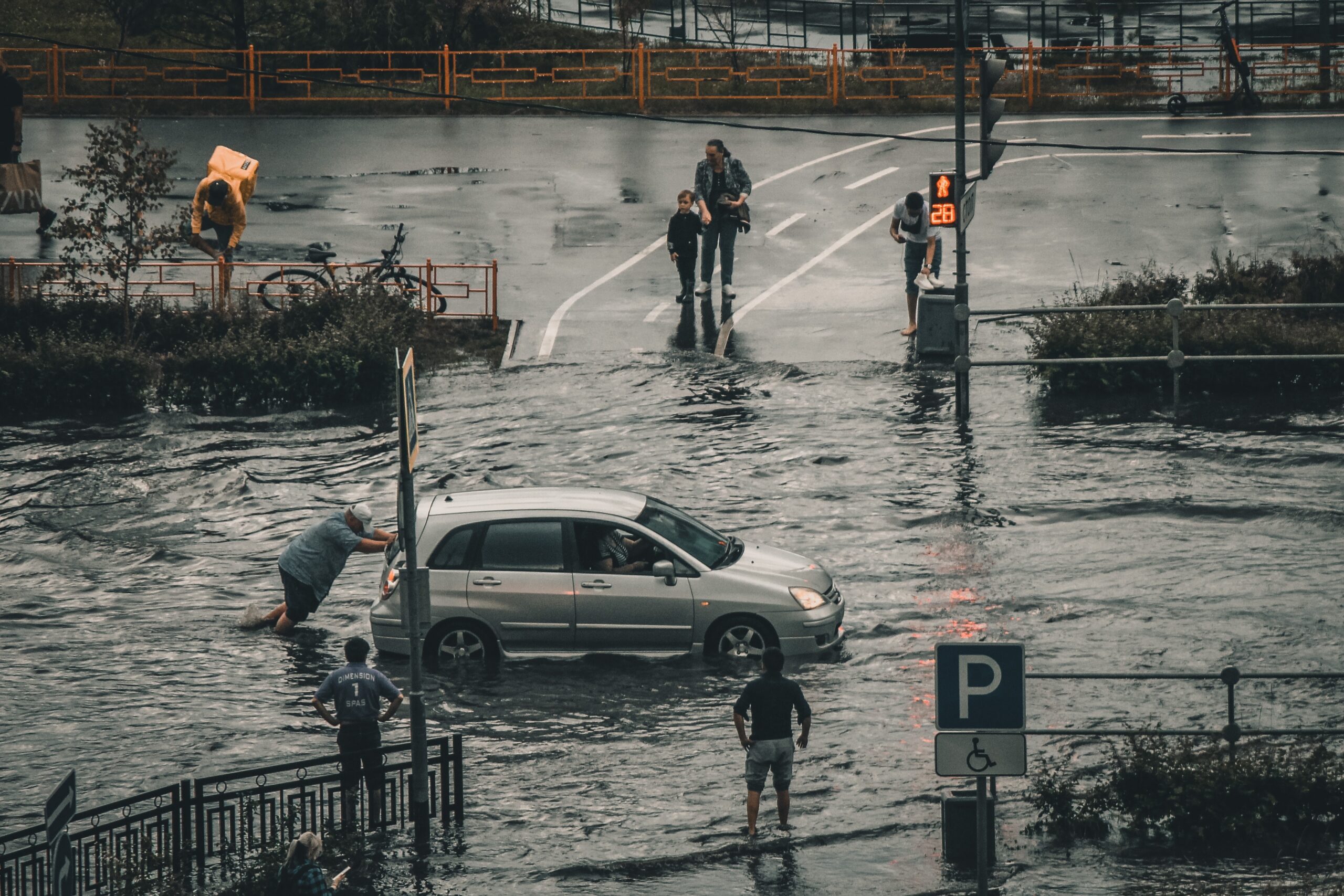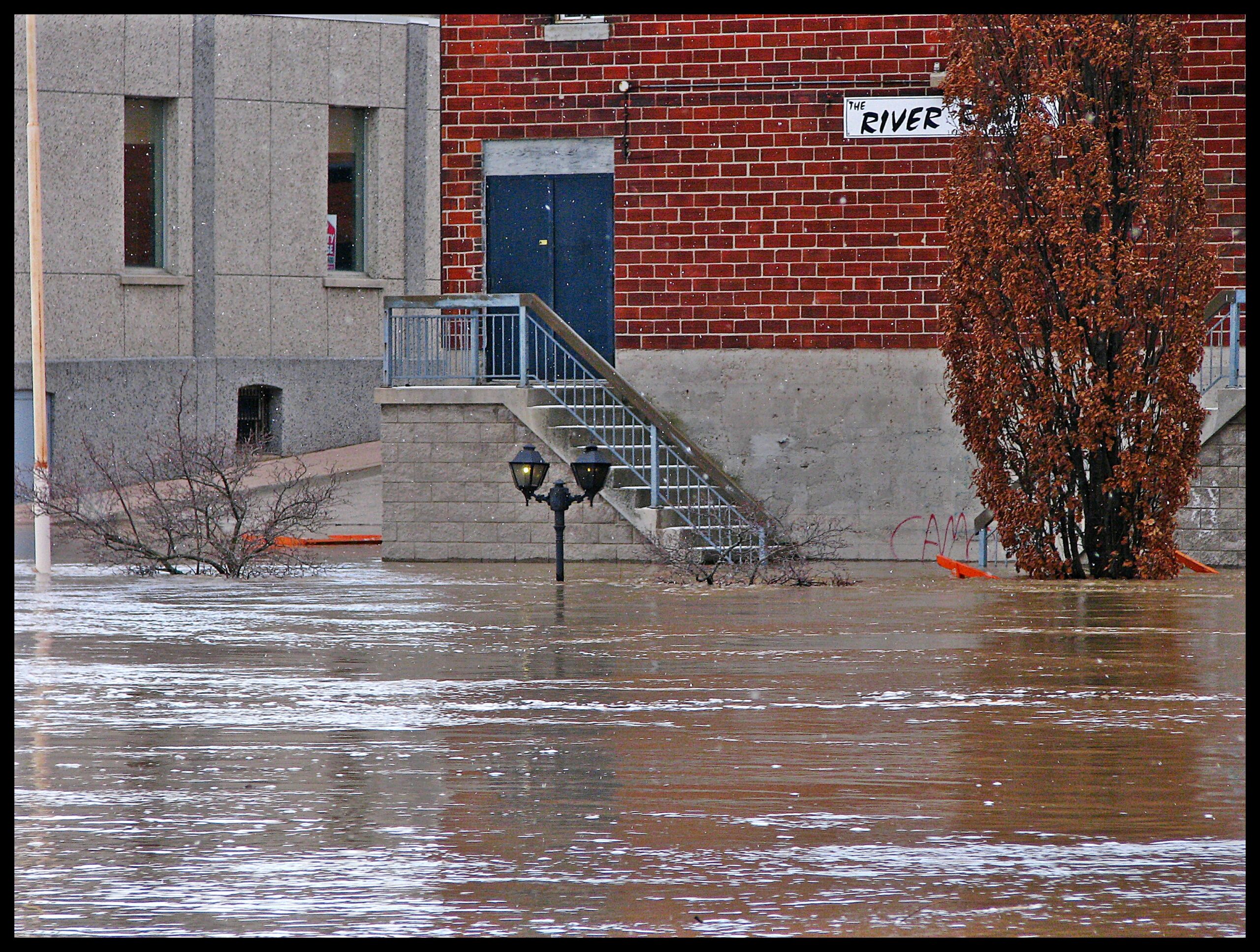
Southern California has been experiencing unrelenting rain for several weeks, causing widespread flooding, high winds, and high surf. The recent downpour has once again highlighted the state’s lack of adequate infrastructure to deal with such intense rainfall. This continuous rain has put a strain on California’s drainage and sewage systems, leading to an increase in flooding and other weather-related incidents.
Kurt Schwabe, Associate Dean of the School of Public Policy and Professor of Environmental Economics and Policy, discussed how the state’s infrastructure has been struggling to keep up with the growing population and the increasing intensity of rainfall, “it’s clear that our stormwater and flooding infrastructure is falling short of what we should expect given California is the seventh largest economy in the world. But, the “losses” are significantly more than this when one considers how much of this water we are not storing or capturing to help refill aquifers and reservoirs.”
The state’s aging infrastructure is not the only problem. The rapid development of urban areas has resulted in the loss of natural spaces that could absorb excess water. The disappearance of wetlands, marshes, and other natural areas has reduced the state’s ability to store water during heavy rainfall.
Californians may become wary of buying homes in some parts of the state because of the risk of flooding and mudslides. Schwabe discussed this potential risk explaining how areas will become unlivable depending on the level of flood risk each area poses. “First, there is the “hazard”, which accounts for the probability and magnitude of the actual event.” He explained “Second, it will depend on the exposure of the residents to the risk, which accounts for the economic value of the assets that would be subjected to the risk. Finally, it will be dependent on the vulnerability of the assets, which accounts for the potential for economic loss.”
However, Schwabe clarified that this level of winter rainfall falls in line with expectations, “What we are observing right now seems to be consistent with the predictions by scientists who specialize in modeling atmospheric dynamics and climate science.”
In August 2022, Gov. Newsom released a plan, “California’s Water Supply Strategy: Adapting to a Hotter, Drier Future.” The three-year plan, already underway, will invest $8.7 billion to, in part, address “California’s water future by reimagining the way we source, store and deliver water statewide for future generations.” The plan is motivated by optimizing the water supply, not stormwater infrastructure. Schwave commented on the plan and explained, “it does help address the increased risks of flooding, but not completely since it focuses on water supply and not flood risk. But, the two have a lot in common.”
California’s current predicament is a wake-up call for the state to take action. The state needs to find a balance between development and environmental preservation. Investing in the state’s infrastructure and restoring natural spaces will help California better prepare for future rain and other weather-related incidents.








